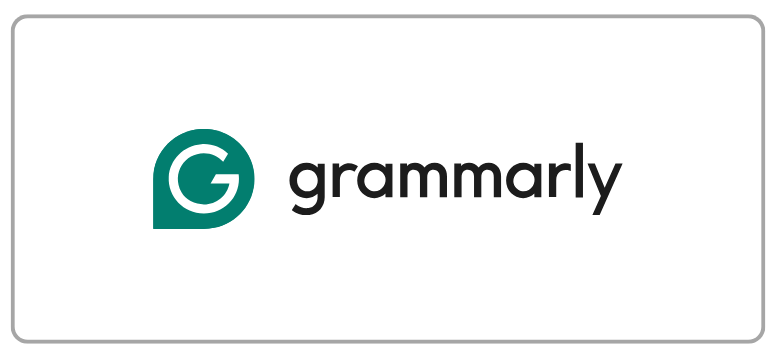Mistakes in using Keigo on Japanese Busines Correspondence Subject
DOI:
https://doi.org/10.21512/lc.v3i2.345Keywords:
keigo, business correspondence, Japanese studentsAbstract
Keigo style is honorific form in Japanese Language in which the language learners get difficulties in learning, especially the third semester of Bina Nusantara students. Keigo style is divided into sonkeigo, kenjougo, and teineigo. Article presented students’ mistakes in using keigo, especially sonkeigo dan kenjougo. It is noted that keigo has a relationship between the speaker (messenger), the receiver (mitra tutur), and the situation that all of them were called taiguu hyougen. The results indicate that the students get accidently exchanged in using sonkeigo and kenjougo, vice versa. If it is applied in question sentences, 60% of the students cannot answer it. Used in presenting condition, 60% of the students cannot answer, while used in presenting requirement, 50% of students cannot answer, and used in presenting permission, 40% of students cannot use this keigo style. It can be concluded that the average of 53% of students are not able to use keigo style.
Â
References
Aoki, T., Matsumoto, K., and Miyazaki, M. (2003) Tadashii Keigo no Tsukaikata. Tokyo: 日本能率å”会マãƒã‚¸ãƒ¡ãƒ³ãƒˆã‚»ãƒ³ã‚¿ãƒ¼
Davies, R.J. and Osamu, I. (2002) The Japanese Mind. New York : Tuttle Publishing
Mizutani, N. (1989) Intermediate Japanese an Integrated Course. Japan: Bonjinsha
Parera, J.D. (1997) Linguistik Edukasional: Metodologi Pembelajaran Bahasa Analisis Kontrastif Antarbahasa dan Analisis Kesalahan Berbahasa. Jakarta: Erlangga
Sudjianto, and Dahidi, A. (2006) Pengantar Linguistik Bahasa Jepang. Jakarta: Kesaint Blanc
Syah, M.. (2003) Psikologi Belajar. Jakarta: Rajawali Press
Downloads
Published
How to Cite
Issue
Section
License
Authors who publish with this journal agree to the following terms:
a. Authors retain copyright and grant the journal right of first publication with the work simultaneously licensed under a Creative Commons Attribution License - Share Alike that allows others to share the work with an acknowledgment of the work's authorship and initial publication in this journal.
b. Authors are able to enter into separate, additional contractual arrangements for the non-exclusive distribution of the journal's published version of the work (e.g., post it to an institutional repository or publish it in a book), with an acknowledgment of its initial publication in this journal.
c. Authors are permitted and encouraged to post their work online (e.g., in institutional repositories or on their website) prior to and during the submission process, as it can lead to productive exchanges, as well as earlier and greater citation of published work.
USER RIGHTS
All articles published Open Access will be immediately and permanently free for everyone to read and download. We are continuously working with our author communities to select the best choice of license options, currently being defined for this journal as follows: Creative Commons Attribution-Share Alike (CC BY-SA)


















